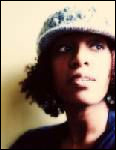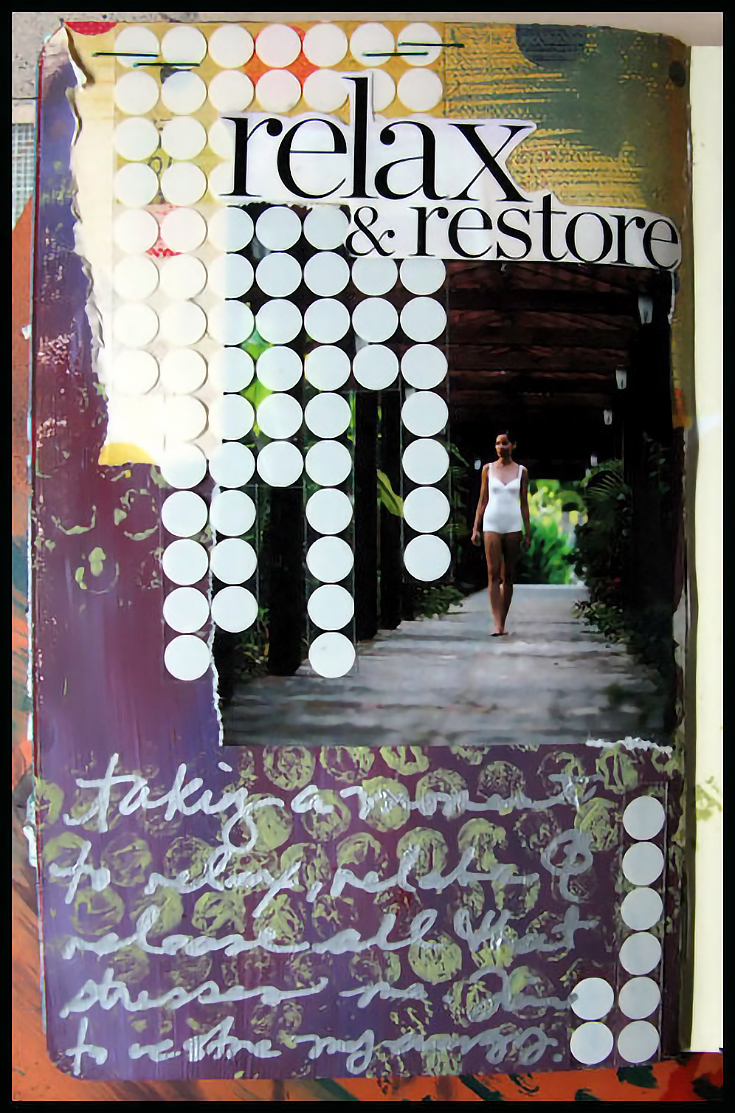Lucrecer Braxton has kept a written journal since she was ten years old. Six years ago she fell in love with the idea of combining her love of art with her love of writing—and thus began a wonderful journey into the world of creative art journals.
Today, we’re fortunate to catch up with Lucrecer to discuss how she helps her students transform their personal visions, beliefs, and experiences into artistic journals worthy of framing.
Go ahead—pull out your notebook, your colored pencils, and let’s get started!
Alyice: What makes an art journal different from a traditional journal?
Lucrecer: Art journals are more visual than written, or traditional, journals. Unlike traditional journals, where words are simply captured on paper, art journals tell a story with pictures.
Written journals are great for mind dumping, but art journals are visual. They are created to be explored. While the words may not always go with the sketches or ephemera on the page, you can tell what that person was thinking about or doing at that particular moment just by looking at the imagery.
Art journals are a place to explore and experiment with different painting techniques or lettering styles. They are like a playground for artists.
Alyice: Some may argue that an art journal isn’t very different from the elaborateness of today’s scrapbooks. Is there much of a difference between the two?
Lucrecer: Oh, yes, they are very different. I’ve scrapbooked for many years and I can tell you that it is nothing like creating an art journal.
Scrapbooking has gotten to the point where it is all about the product used, and the design of the page, and less about the memories to be preserved.
Art journaling, on the other hand, is all about preserving the memory. It is a way of mixing words with art and nothing is off limits. Nobody cares about what paint or pens you used, who manufactured the ephemera, or how perfect the design is.
Art journals are intentionally not perfect. They are intentionally personal, and they are used to grow as a creative being.
When I first started creating art journals, I used to date the pages and write just as I would in a traditional written journal. Now, my pages have become more artistic and personal. I tend to hide the journaling, with my art, because I do not want the page to be about what I have written. My journal pages may have a theme, like peace or love, but the words aren’t the main focus.
Alyice: In one of your posts, on your Art Slam site, you state, “You cannot under any circumstance remove, rip out, or accidentally lose a page in your journal.” Why is this rule so important?
Lucrecer: Nothing is an accident. No art is an accident. Just because a page did not come out exactly as you wanted does not mean you can’t recycle it for future use. Plus, it is responsible to be as eco-friendly an artist as you can these days.
Alyice: You like your art journal students to collect everyday stuff to implement into their journal pages. How does the process of collecting “stuff” help your students when it comes time to create an actual journal page?
Lucrecer: Every-day ephemera makes the art journals more real. Plus, the “stuff” adds to documenting your history. There is a lot of great art supplies out there to use on your journal pages, but using too much makes them look too much like the journals of others.
There is nothing wrong with experimenting to find your style, but when you get stuck using other people’s artwork as your own, the journal stops being about you and starts being about the stuff. Adding things from everyday life makes the journal all about you.
Alyice: Another thing you insist on including in art journals, though not on every page, is personal sketches. What do sketches bring to an art journal—and the artist?
Lucrecer: Realness and uniqueness. Similar to using your own handwriting, it personalizes the art journal.
No two people draw or see the same object the same way. The realness of your life instantly shows through. For example, I draw my feet in sandals a lot in the summer. Mainly because I really like cute sandals and feet are not easy to draw. This challenges me to improve my observation skills and I get to document what I was wearing on a particular day. This makes my pages real and about me.
Alyice: Before you go, can you tell our readers what your number one tip is for including personal photos in an art journal?
Lucrecer: Take pictures of your everyday life. Include the people, things and places you interact with most on a daily basis. Discard nothing because you just don’t know when an image may spark the beginnings of a great journal page.
To learn more about Lucrecer’s work—whether to join an art journaling workshop or hire her to create an art journal for you—please visit www.art-slam.com.
This post may contain affiliate links.




